
Japan has been recently warned of a mega earthquake, which might be greater than the 9.1 magnitude earthquake of 2011 that completely destroyed the Fukushima nuclear power reactor.
Not only Japan, but countries which are situated along the belt of the Pacific Ring of Fire are vulnerable to the 'Volcanic threat', which is a measure that combines the level of hazard or destruction and the number of people exposed to it. The Pacific Ring of Fire is a string of volcanoes as well as sites of seismic activity or earthquake around the boundaries of the Pacific Ocean. Nearly 75 percent of the active volcanoes on earth is situated on the Pacific Ring of Fire. 90 percent of the major earthquakes occur in and around this zone.
Indonesia tops the chart followed by the Philippines, Japan, Mexico and Ethiopia. 90 percent of the total volcanic threat are combined in these five countries. Small islands too, along with the Ring of Fire, are exceptionally susceptible to volcanic eruptions when the population exposed to the threat is concerned. Montserrat, a Caribbean island has a high volcanic threat.

After Mount Agung's explosion in Bali, Indonesia, researchers fear that other volcanoes may step into the phase of eruption in the coming months. Japan, Indonesia, Iceland, Mexico, Chile and the US are on the red list. Keeping in mind the bulk of population residing in these places, the massive volcanic eruption can be devastating.
Kirishima, Japan

Kirishima, is one of Japan's most active volcanoes. It is a group of 18 small volcanoes or stratovolcanoes situated in the north of Kagoshima Bay. There have been 60 recorded eruptions from Ohachi and Shinmoedake, two of the 18 volcanoes.
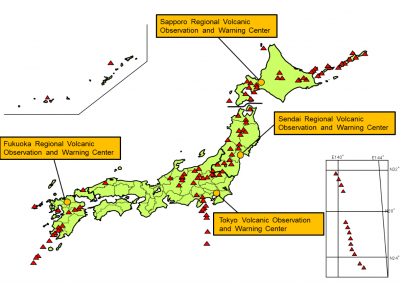
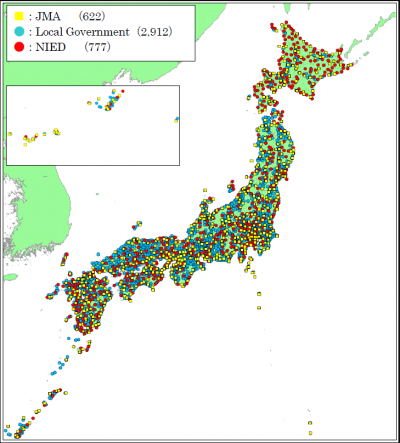

An eruption from Shinmoedake in 2011 was the largest one Kirishima had faced in 50 years. It also erupted for the first time in six years in October 2017 with plumes rising 200 meters and above. With 125,857 people living in the Kirishima city, a massive volcanic eruption can have a deadly ending. The alert level remains high now.
Also read: The Pacific Ring of Fire: Why is Japan susceptible to periodic earthquakes?
Merapi, Indonesia

Since it erupts frequently and has densely populated slopes, Merapi happens to be one of the most dangerous volcanoes in Indonesia. 400 people were killed in the 2010 eruption and another big volcanic eruption in this zone can destroy the densely populated areas that surround the mountain.
Öræfajökull, Iceland
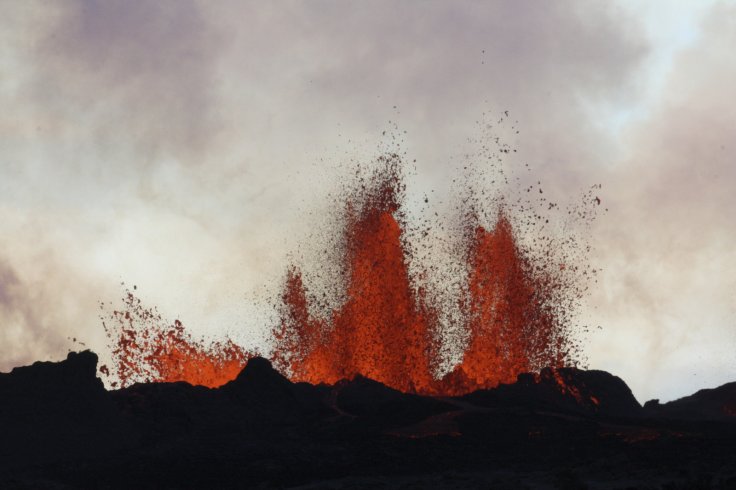
This volcanic mountain has erupted only twice, once in 1362 and the second eruption was in 1727-28. In both the cases, the consequences of the volcanic eruption were lethal. The eruptions were followed by flooding as subglacial lakes melted completely. The volcano, however, is not dead. Small seismic tremors were recorded in August 2017. In November, the ice inside the main crater had a depression which usually occurs when ice melts as the surface below heats up. Geologists fear that Öræfajökull is gearing up to burst open and this can only mean a massive destruction of the nearby populated areas.
Popocatépetl, Mexico
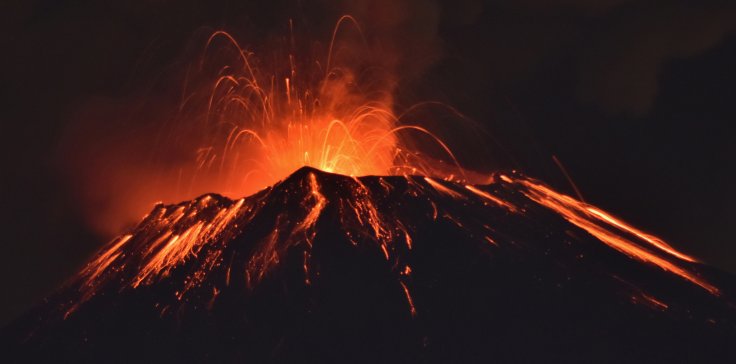
Also known as Mexico's 'smoking mountain', situated in the south-east of Mexico is one of the most active volcanoes in the world. It has been erupting since 2005. Surrounding areas are highly vulnerable to eruptions as they are filled with minor ashes, lava domes and ash plumes.
Villarrica, Chile
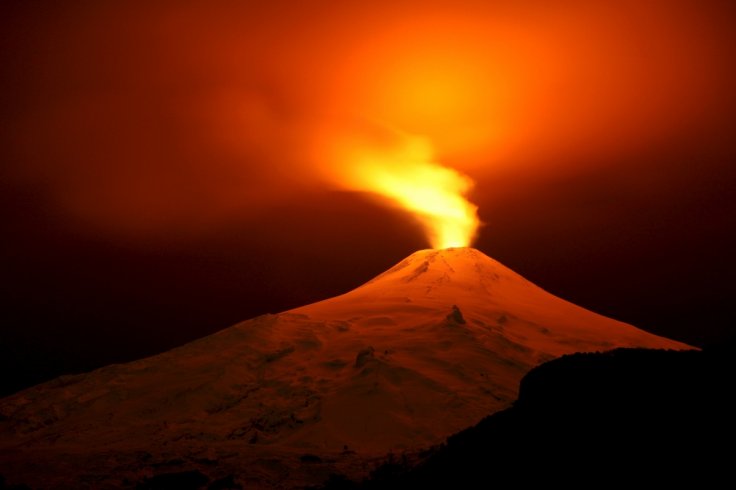
This mountain is snow covered and is one of the volcanoes on earth with an active lava lake. Since mid-November 2017, seismic and lava activities have seen an increase. It has also been producing lava fountains up to 150 meters high. With 49,184 people residing in the area, Villarica's eruption can have fatal consequences.
Kilauea, US

Situated on the Hawaiian island, this volcano has been erupting for the last 35 years and according to geologists, the eruption might not cease anytime soon. It is erupting from the Puʻu ʻOʻo vent, situated in the East Rift Zone. The lava at times flows into the ocean.
Dormant volcanoes too pose a threat to all those residing in the nearby areas. Hekla in Iceland, despite being a dormant volcano erupted suddenly.









